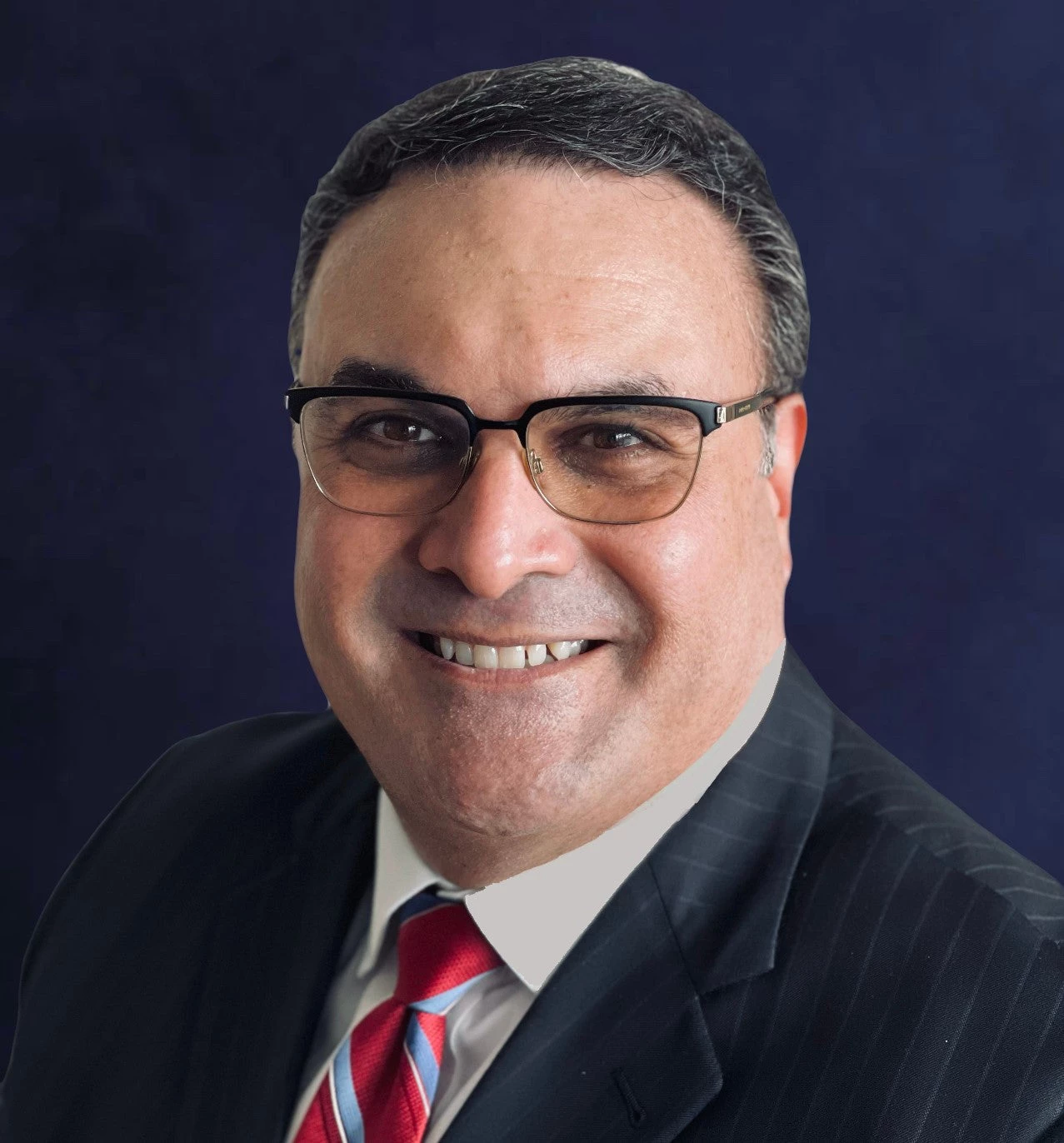 In 2009, Morocco adopted a visionary energy sector development plan that committed to increasing the country’s share of renewable energy to 42 percent of national capacity by 2020. The country emphasized that implementing a climate change mitigation policy through introduction of clean energy technologies would contribute to the country’s economic development. At the same time, keenly concerned about its energy security and dependence on imported energy, Morocco also sees this approach also as means to changing the reality of being the Middle East’s largest energy importer. Morocco recognized the twin benefits of adopting climate-friendly policies to enhance its energy security and adapt the trajectory of the country’s development to reduce its global carbon footprint.
In 2009, Morocco adopted a visionary energy sector development plan that committed to increasing the country’s share of renewable energy to 42 percent of national capacity by 2020. The country emphasized that implementing a climate change mitigation policy through introduction of clean energy technologies would contribute to the country’s economic development. At the same time, keenly concerned about its energy security and dependence on imported energy, Morocco also sees this approach also as means to changing the reality of being the Middle East’s largest energy importer. Morocco recognized the twin benefits of adopting climate-friendly policies to enhance its energy security and adapt the trajectory of the country’s development to reduce its global carbon footprint.
The World Bank supported this vision through the Ouarzazate I Concentrated Solar Power (CSP) Project. The Project provided heavily concessional financing from the Climate Investment Fund under the Middle East and North Africa CSP Program to partially cover the construction of the first 160-MW phase of the 500-MW Noor Complex. Construction of this phase, which is now known as ‘Noor I,’ commenced on June 12, 2013. Noor I demonstrated the continuing decline of the costs of CSP technologies, with contracted costs amounting to about 30% less than the plant’s initial capital cost estimates. The plant will use parabolic trough consisting of curved mirrors that concentrate the sun’s energy to heat a transfer fluid that will help generate steam to drive a steam turbine generator to produce electricity.
The assembly of the plant’s first solar collector started to take shape in March 2014 (see photograph), with commercial operations expected in late 2015. Noor I is structured as a public-private partnership in which a competitively-selected private sector sponsor is expected to cover 20% of the plant’s costs as well as design, own, operate, and maintain the facility. The balance of the plant’s costs will be provided by the Bank and other donors through a complex arrangement based on typical project finance transactions.
Even with concessional financing, however, the plant’s output remains more expensive than the system cost of power, thus requiring public subsidies. For strategic reasons, the Government of the Kingdom of Morocco has committed to provide these subsidies for this and, to whatever extent necessary, subsequent plants in the Morocco Solar Plan (MSP). Aside from the positive impact on Morocco’s energy security and climate change agenda, the government is also implementing the MSP, including Noor I, within its overall industrial integration framework that seeks to develop Moroccan industries and the country’s competitiveness as a regional “early mover” of green technology and expertise. Morocco is already recognized as a regional leader in climate change policy and is setting the standards in solar energy for other countries in MENA to follow.



Join the Conversation